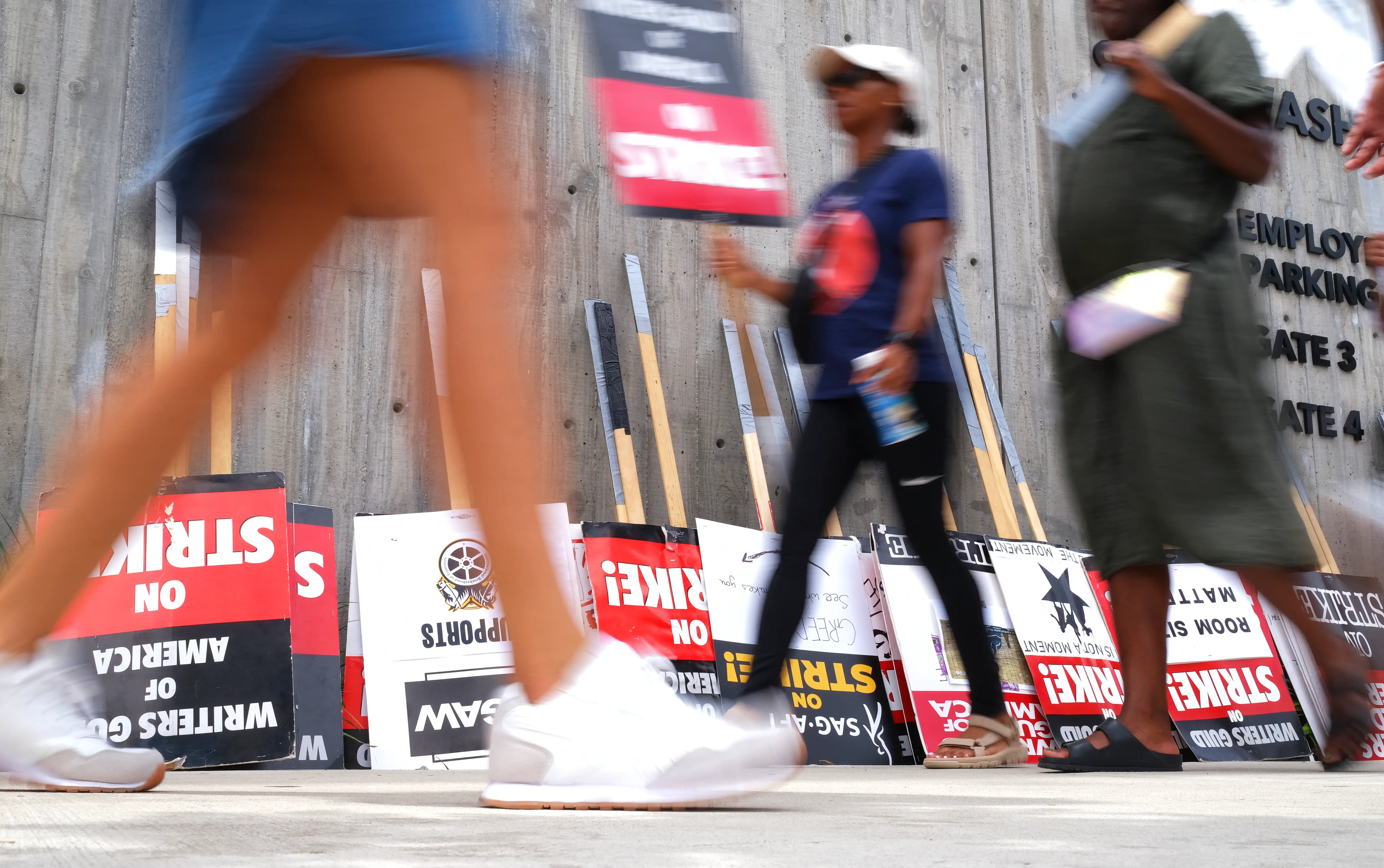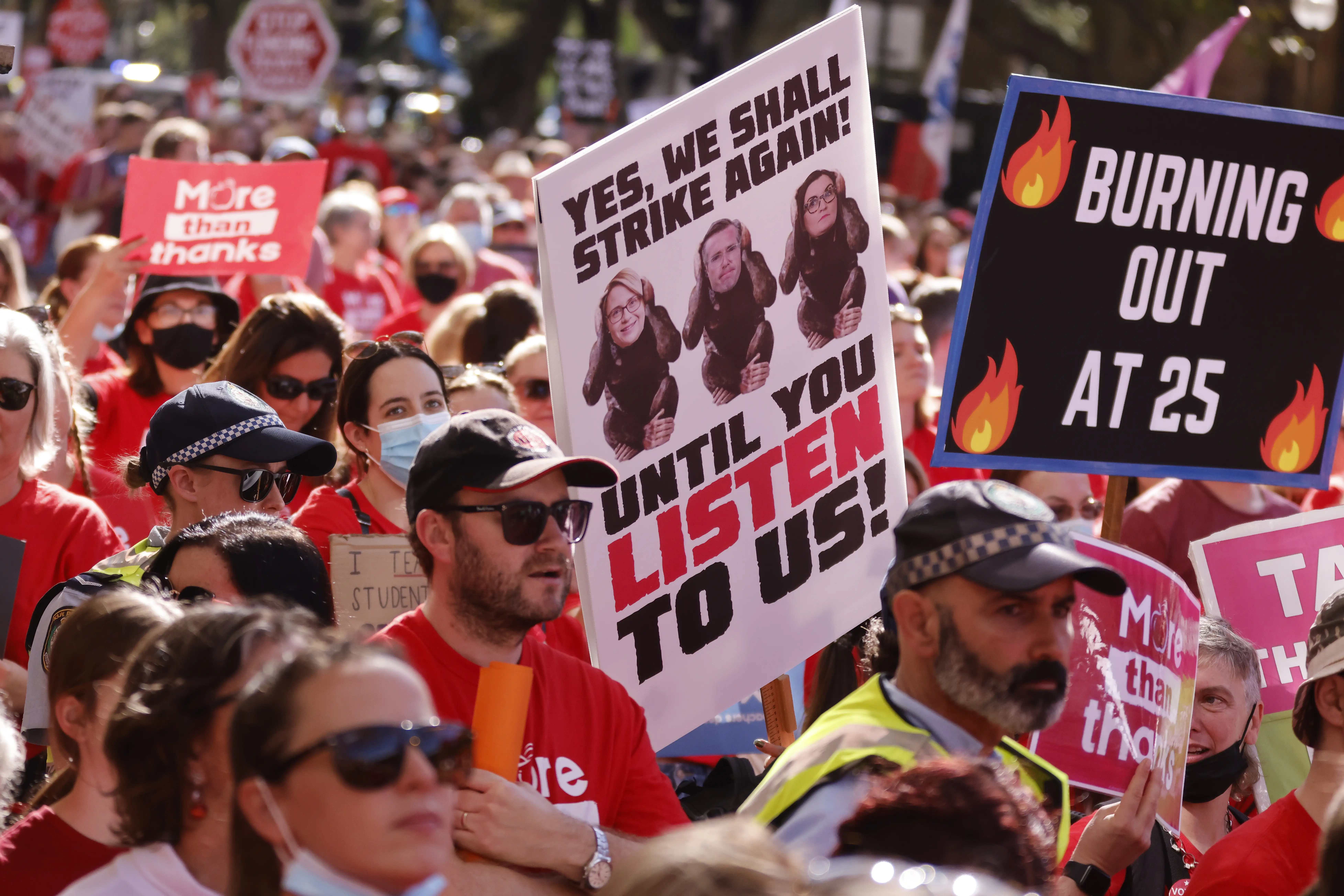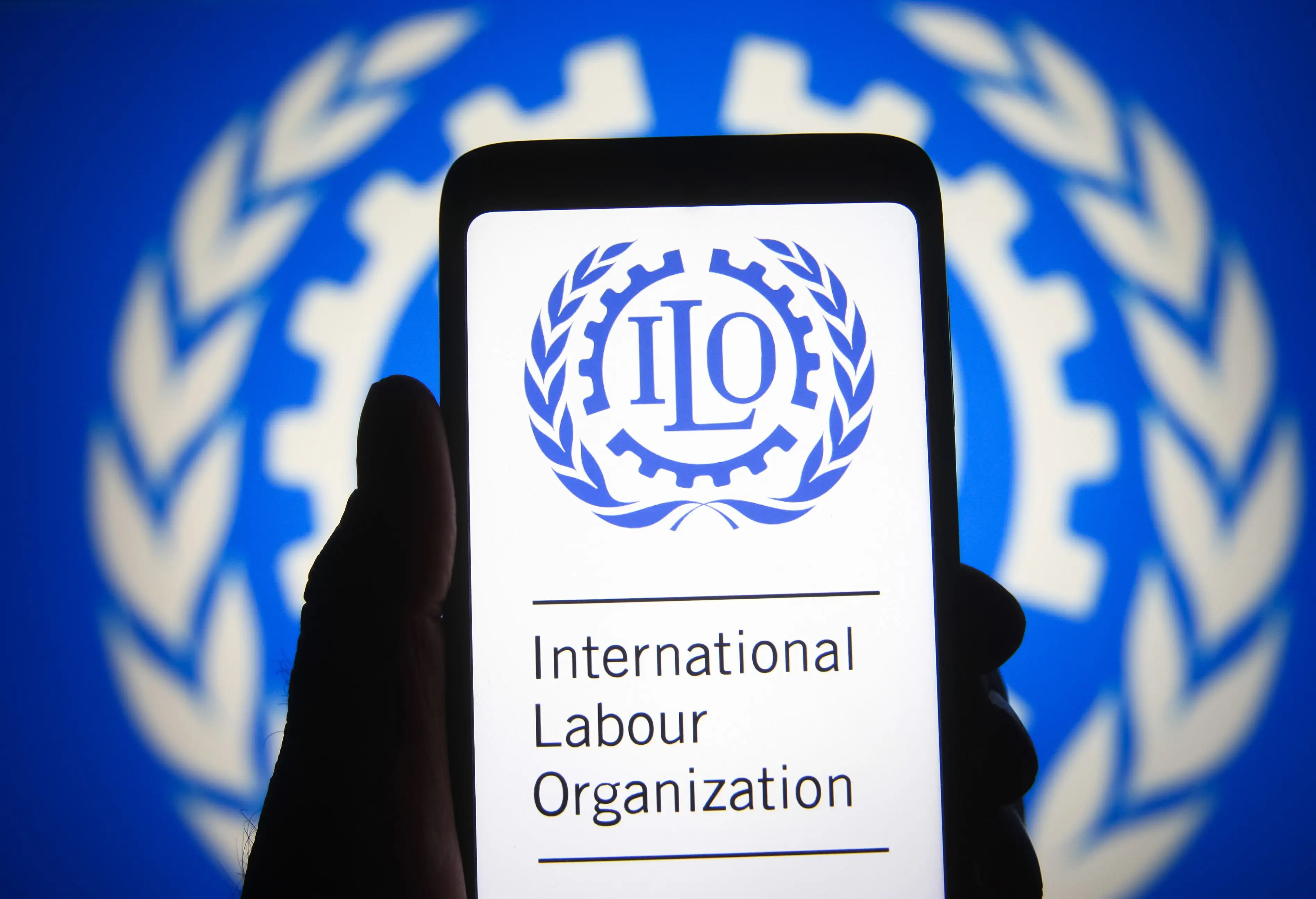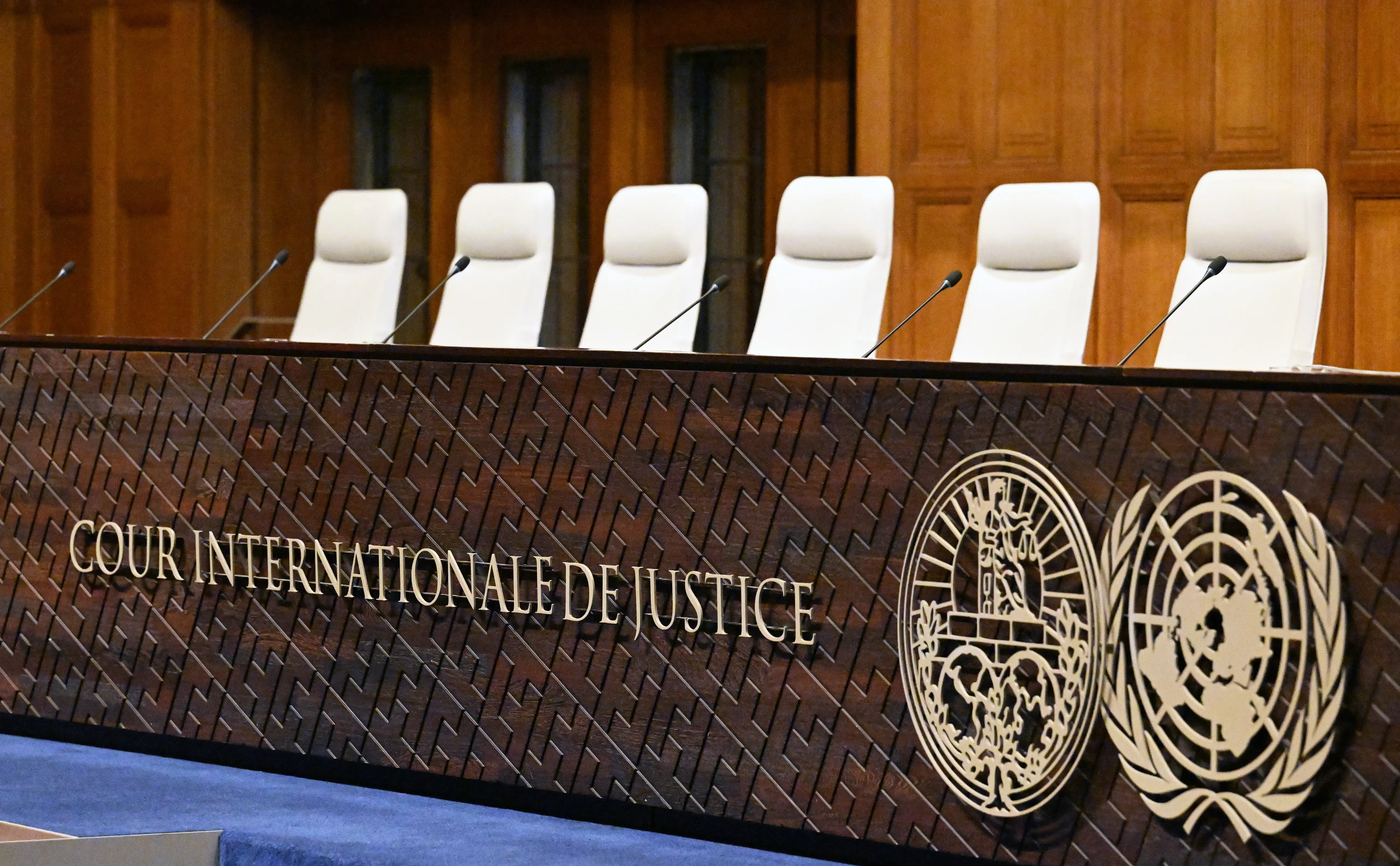
Business & Economics
Working hard to make work fairer

Employers are challenging the legal principle on which the ‘right to strike’ is based in the International Court of Justice. The outcome could change labour laws around the world
Published 2 October 2024
Many Australians take for granted that workers have a right to strike – that is, the right to withdraw one’s labour in order to improve working conditions.
So does much of the rest of the world.

But now, that right to strike is under threat globally as employers challenge the legal principle on which it is based in the International Court of Justice.
Hearings are expected to begin later this year – with the court making its decision later this year or early next year.
Its conclusion will arguably be binding internationally and is likely to influence labour laws around the world, including in Australia, as well as international trade agreements and the decisions of major courts.
It may seem surprising that the status of the right to strike internationally should be so uncertain in 2024, given its social, economic and industrial significance.

Business & Economics
Working hard to make work fairer
So, a brief tour through the maze of United Nations’ bodies, Covenants and Conventions may help to explain.
The principle up for debate is whether the right to freedom of association, and the related right to organise guarantees the right to strike.
The issue has been deadlocked for more than a decade.
Since 1948, one of the core Conventions of the International Labor Organization (ILO) – concerning free association and the right to organise – has been interpreted as including the right to strike.

While the right to strike appears in a core United Nations (UN) human rights instrument, it has mainly been elaborated by the ILO, since that is the UN agency responsible for setting international labour standards.
Unlike other UN agencies, the ILO is ‘tripartite’: its major decisions are taken not only by representatives of member states, but also by representatives of workers and employers.
Australian employers are represented by the Australian Chamber of Commerce and Industry (ACCI), and Australian workers are represented by the Australian Council of Trade Unions (ACTU).
The ILO has designated 10 of its tripartite Conventions as “fundamental”. The fundamental Conventions have very high rates of ratification (or joining up) by nation-states. They are often referred to in trade agreements (particularly those involving the European Union and the United States).

Politics & Society
‘Labor is a fair-weather friend of unionism’
They are also extensively cited in the judgements of top courts in Europe, the Americas and Africa.
One of the fundamental Conventions is the Freedom of Association and Protection of the Right to Organise Convention, 1948 (Convention No. 87).
Convention No. 87 is designed to protect the autonomy and independence of workers’ and employers’ organisations from interference by public authorities in the way they are set up, the way they work and the way they disband.
It was adopted as a response to authoritarian regimes supressing unions in countries like Germany, Japan and the Soviet Union in the mid-twentieth century.
Convention No. 87 does not directly refer to a right to strike, but for many decades the ILO’s supervisory bodies have said that it implies the right – provided it is exercised peacefully.

The Convention refers to unions “furthering and defending the interests of workers”, and strikes are a critical way to do this.
The supervisory bodies have developed extensive principles for distinguishing between strikes that should be lawful and those that may not be.
They involve factors like the purpose of strikes (economic, political); the forms of strike action; the procedures for calling strikes; and the persons against whom they may be directed (for example, whether secondary boycotts should be protected).
These principles would protect a much wider range of strikes than are currently lawful in Australia, which has very restrictive strike laws.
This implication of the right to strike was regarded as fairly settled within the ILO until around a decade ago, when employer representatives challenged it, arguing that “the right to strike has no legal basis in the freedom of association Conventions” because it is not expressly named.

Education
Actions speak louder than words
The worker representatives strongly opposed this.
The ensuing deadlock caused a crisis within the ILO, which needs its members to co-operate and compromise if it is to be effective.
But by 2023, it had become clear that the issue could not be resolved by discussions within the ILO itself.
In November 2023, a majority of worker and government representatives on the ILO’s Governing Body decided to refer the strike issue to the International Court of Justice for an opinion.
The wording of the ILO Constitution suggests that the conclusion of the Court on the issue would be a ‘decision’ and binding on member-states that have ratified Convention No. 87.

While some major countries have not ratified this Convention (Brazil, China, India and the US), 158 have – including Australia.
If the Court decides that Convention No.87 does include a right to strike, this will reaffirm the position taken by the ILO supervisory bodies and should reduce employer opposition.
However, the Court might express views about the purpose, scope and procedures for strikes that differ from those of the ILO supervisory bodies.
On the other hand, should the Court decide that Convention No. 87 does not include a right to strike, it would mean a major upheaval.

Politics & Society
Rebuilding Victoria’s forgotten integrity institution
Firstly, the authority of the ILO supervisory bodies will be called into question, on the basis that they have been getting it wrong for decades.
Secondly, since many major international trade agreements reference Convention No.87, they may no longer be read as requiring protection for the right to strike.
Thirdly, it would dramatically unsettle the large body of law around strikes by institutions like the Court of Justice of the European Union, the European Court of Human Rights, the Inter-American Court of Human Rights, the Supreme Court of Canada, and the Constitutional Court of South Africa – all of which refer to Convention No.87.
Lastly, for those countries that have ratified Convention No. 87 but do not have an express right to strike in their constitutions – a relatively small group that includes Australia – the main international legal basis supporting recognition of the right to strike will disappear.

A threadbare right to strike would continue to exist, but it would be questionable how much value it will have to workers and their unions as they try to insist that governments protect peaceful industrial action.
But government could impose conditions and limitations on the right to strike that it could almost never be exercised in practice.
For now, it’s a matter of watching and waiting until the International Courts of Justice makes its decision sometime in late 2024 or early 2025.